Margaret Plantagenet: Life Story
Chapter 1: Daughter of Clarence (1473 – 1487)
Margaret was born at the top of Fortune's Wheel, at the castle of Farleigh in Somerset. Her father, George, Duke of Clarence, was the brother of Edward IV, and her mother, Isabel Neville, was the daughter of that hero (or villain) of the Wars of the Roses, Warwick the Kingmaker. Isabel Neville, and her sister Anne, married to Clarence's brother, Richard, Duke of Gloucester, were co-heiresses to two of the greatest earldoms in England – Salisbury and Warwick, both of which were earldoms that could be inherited by women.
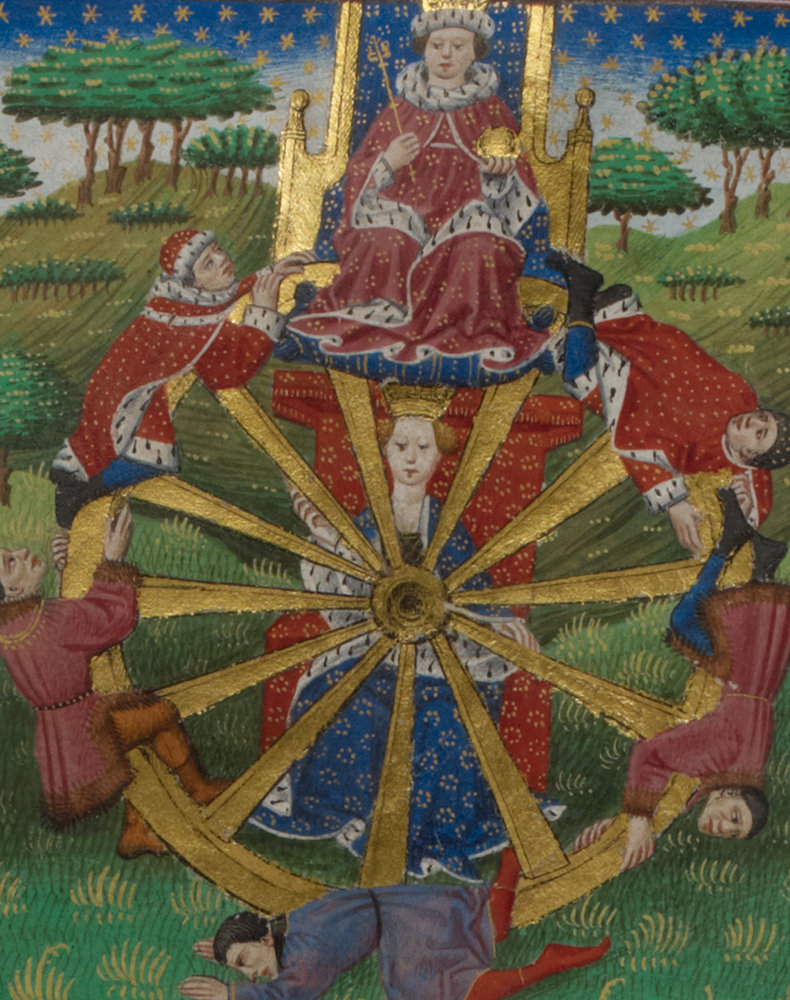
Clarence and Gloucester had quarrelled bitterly over the division of the spoils when Warwick the Kingmaker had been killed at the Battle of Barnet, and his widow, Anne, Countess of Warwick in her own right, was despoiled by her sons-in-law and treated as though she were naturally dead. The brothers shared out the lands which covered great swathes of the south-west, the midlands and the north of England.
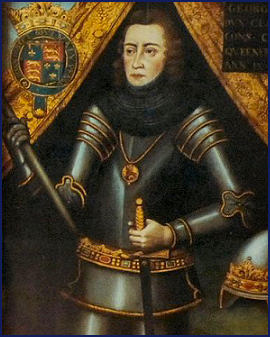
The household into which Margaret was born was the apogee of mediaeval power, wealth and "good lordship", as the ties binding great peers to their supporters was known. The Clarence household was waited on by some 350 servants of all ranks, as they divided their time between Farleigh Castle, the mighty Warwick Castle, and their other numerous estates, transported by their 133 horses.
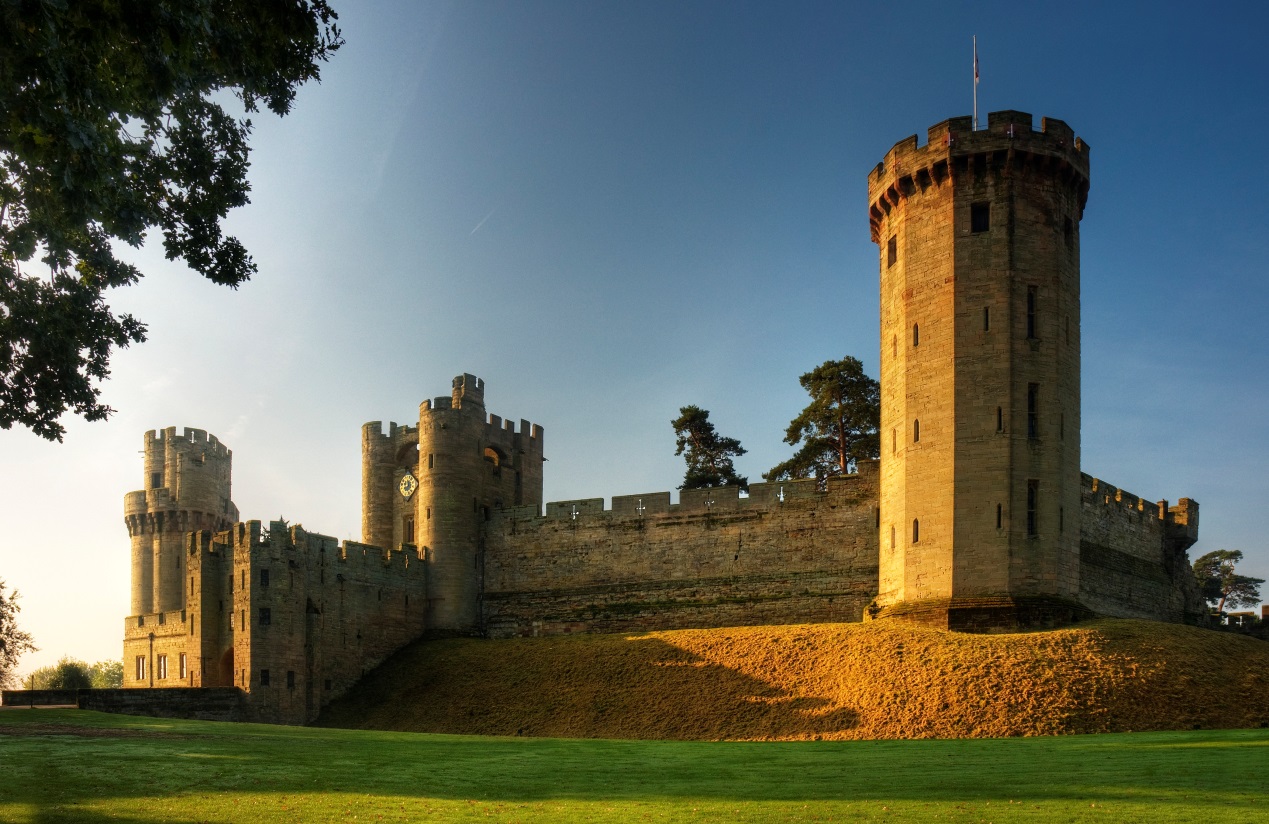
For the first eighteen months of Margaret's life, she was the Clarences' only child, until, in 1475, Duchess Isabel gave birth to a son, Edward. But Fortune's Wheel was turning and Isabel died in a third childbed, a year later, and was buried at the great Benedictine Abbey of Tewkesbury, which had been patronised by her Despenser and Beauchamp ancestors. Young Edward was confirmed by his uncle, the King, as Earl of Warwick, but the Salisbury inheritance, confiscated from Warwick the Kingmaker, remained vested in the Crown.
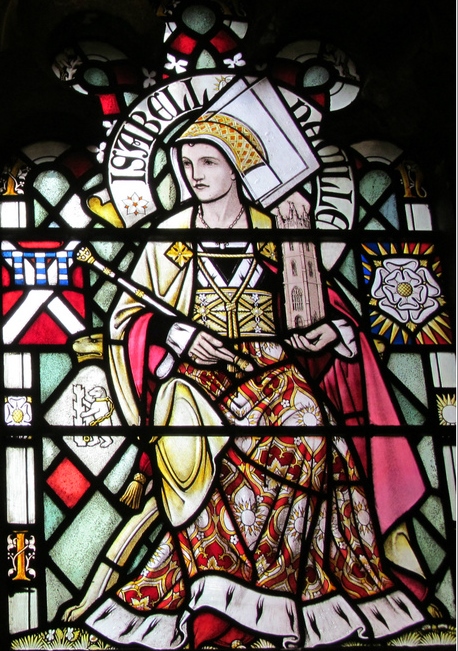
Soon after the loss of her mother, Margaret's father, a foolish, indiscreet, impulsive and injudicious man, for all his charm and good looks, fell foul, not for the first time, of his brother, Edward IV. Among his various misdeeds had been an alliance with Lancaster, in the years before Margaret's birth, and an attempt to upstage Edward IV by seeking to marry the great heiress, Mary, Duchess of Burgundy, against his brother's strict commands.
Clarence was tried in a show-trial in front of Parliament, where the only accuser and prosecutor was the King himself, and the only defender was Clarence in person, no others being allowed to speak. Parliament found him guilty and he was executed in the Tower of London. According to legend, he was dispatched by being drowned in a butt of malmsey wine.
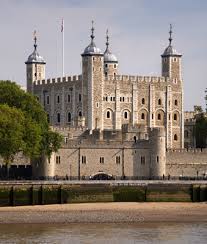
Clarence was not only condemned to death, he was also "attainted" which meant his lands, goods and titles were forfeit to the Crown. As Margaret's brother had already been confirmed as Earl of Warwick, his father's death did not affect his status, but she had no inheritance, and was dependent entirely on King Edward for her maintenance.
Edward took his duty seriously, and Margaret, referred to in the accounts as his "dear and well-beloved niece", was clothed, educated and served at his expense, although her precise whereabouts during the remainder of Edward IV's reign are unknown. It seems probably that she was brought into the household of the queen, Elizabeth Woodville, and her cousins, the King's children, who varied in age between Elizabeth, seven years older than Margaret, and Bridget, seven years younger. Margaret's education would have been typical of that of a member of the royal family – reading, writing, keeping accounts, music (she played the virginals) sewing, both plain and fine, and, probably, French.
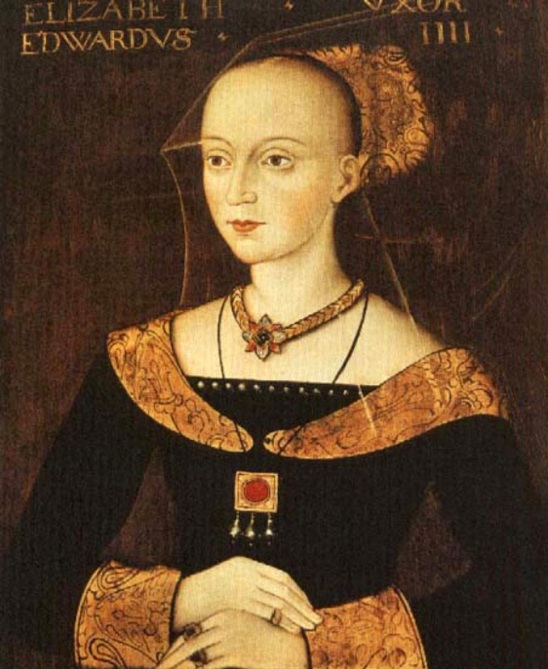
In 1483, political events changed Margaret's life again. Edward IV died, but his young son, proclaimed Edward V, never saw his coronation; his place being taken by his uncle Gloucester, now crowned as Richard III. As Clarence had been the older brother of the two, there were grounds for suggesting that Warwick was the legitimate heir if there were problem with the inheritance of Edward IV's children, but that idea was not likely to take root.
Again, Margaret's exact location during the next two years is uncertain, but by the time of the Battle of Bosworth in August 1485, when Richard III was defeated by Henry Tudor, Earl of Richmond, Margaret, her younger brother, and her female cousins, were all at the impressive Castle of Sheriff Hutton in Yorkshire.
The new king, Henry VII, had vowed to marry Elizabeth of York should he be victorious, and the York princesses and Margaret were placed in the household of his mother, Lady Margaret Beaufort, Countess of Richmond and Derby. Initially, Warwick was there too.
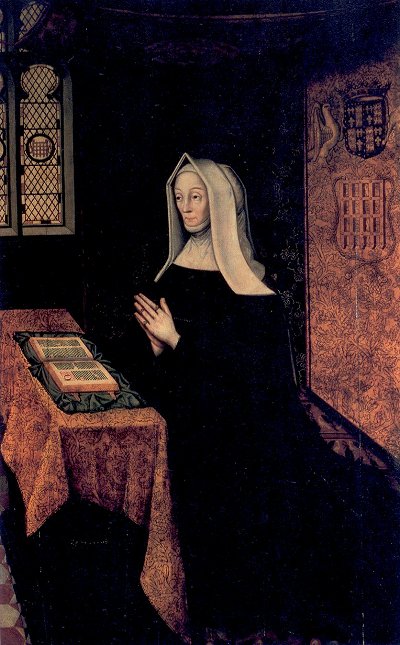
Lady Margaret Beaufort was a clever, intelligent and well-connected woman, devoted to her son's interests, and, although Henry VII was not a man to rely on anyone, he was close to his mother, and trusted her completely. By placing the Yorkist heirs in her care, he could be sure that they would be both safe, and kept away from anyone plotting on their behalf.
In February 1486, Henry married Elizabeth, and Margaret became an important member of their court. She was listed, under the title "My Lady Margaret of Clarence" as the first of the great ladies attending the baptism of the royal heir, Arthur, in September of 1486. Fortune's Wheel was beginning to turn again in Margaret's favour.
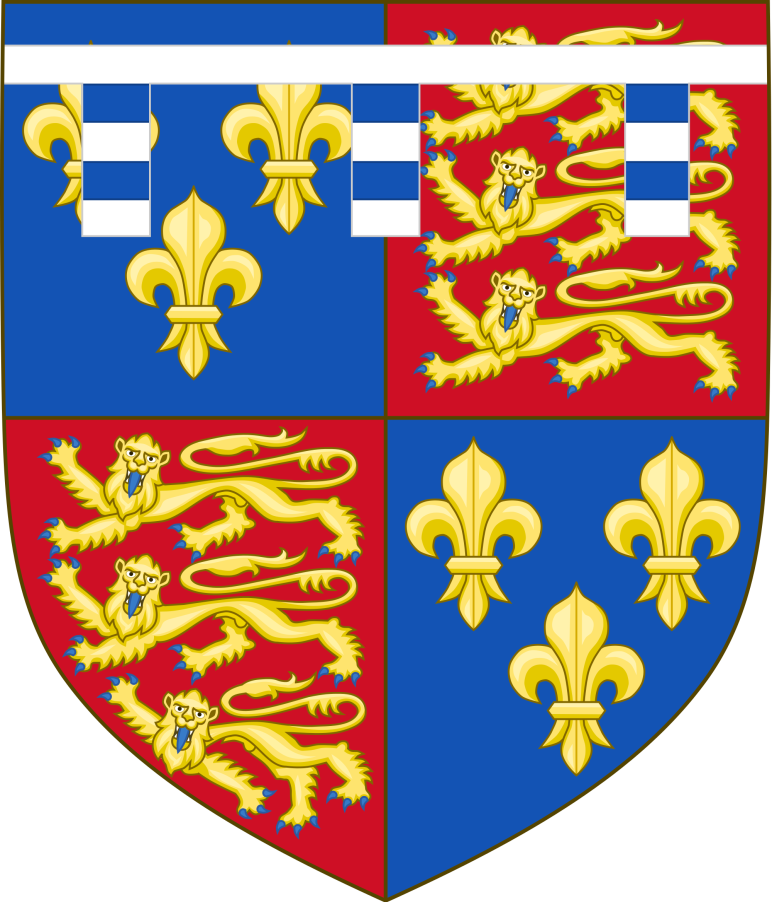
Edward, Earl of Warwick, however, was not so fortunate as his sister. In 1487, whispers of a rebellion were abroad, with a young man, Lambert Simnel, claiming to be him. Warwick, no more than eleven years old, was paraded through the streets of London, to prove that Simnel was an imposter, then incarcerated in the Tower. Simnel's backers, Margaret's paternal aunt, Margaret, Duchess of Burgundy and her cousin, John de la Pole, Earl of Lincoln, raised an army greater than that brought by Henry VII to Bosworth, but were heavily defeated at the Battle of Stoke in November 1487.
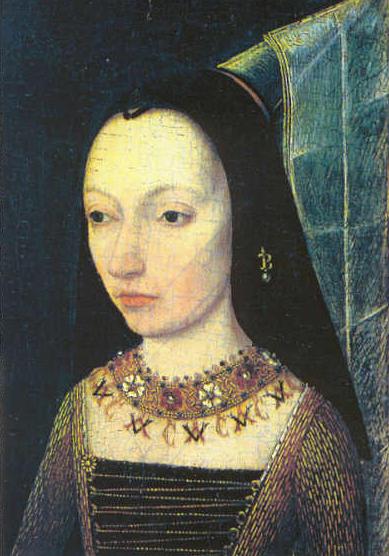
Immediately following the battle, Elizabeth of York was crowned, reminding everyone of her status as the eldest York heir. Margaret was present, watching the ceremony from a private viewing stage she shared with the King and Lady Margaret Beaufort. Margaret remained at court, but Warwick's estates were confiscated on 30 November 1487. Eventually, in 1490, the lands were returned to Margaret and Edward's grandmother, Anne, Countess of Warwick, who had been defrauded by her sons-in-law, twenty years before. Countess Anne was obliged to disinherit her grandson and leave her lands to the King. Edward, still referred to as Earl of Warwick, retained some of the Salisbury lands, for the time being, at least, although they were little use to him in the Tower.
Lady Margaret Plantagenet
Family Tree



